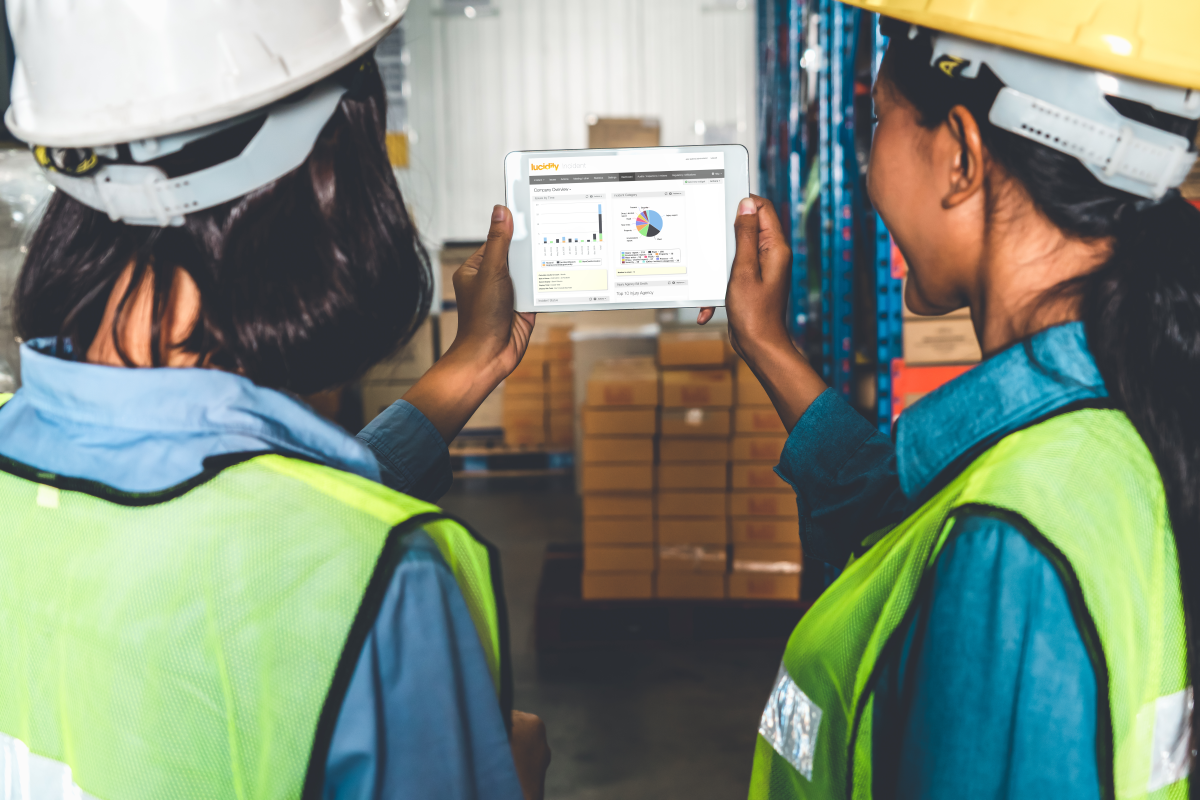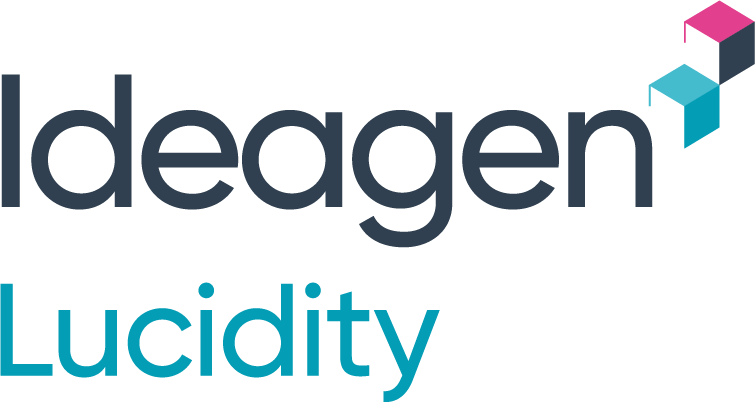As businesses strive to create safer work environments, the effective management of workplace health and safety (WHS) data is crucial. While many organisations collect data on incidents, risks, audits, and compliance, the true value lies in harnessing this information to drive meaningful improvements. Let’s explore the importance of maximising the potential of your WHS data and the insights into how you may be able to leverage this data to enhance the safety outcomes of your business.
Workplace Health and Safety Data
There is no doubt you are already collecting your workplace’s health and safety data, and hopefully, you are using it and actioning any insights you may have gathered from it.
There are various methods you can use to collect your WHS data, including forms, spreadsheets, emails, and online management systems. The range of data that can and should be gathered includes information from:
- Incident and injuries or workplace injuries, illnesses, near misses, and property damage.
- Audits
- Hazard Assessments
- Safety Inspections and observations
- Employee Training, Certification & Competency information
- Safety Culture & employee surveys
- Drug and alcohol testing
- Contractor Management
- Absenteeism and Return-to-Work Data
- Equipment Usage and Inspections
By adopting a holistic approach to data collection, businesses gain valuable insights into their safety landscape, enabling them to identify trends, prioritise areas for improvement, and make informed decisions.
The power of data
The real power of WHS data lies in its ability to provide actionable insights. By analysing collected data, organisations can uncover patterns, correlations, and potential risks. Through data visualization tools and analytical techniques, businesses can gain a comprehensive understanding of their safety performance, incident trends, and areas of concern. These insights can empower organisations to take more proactive measures, allocate resources effectively, and implement targeted strategies to mitigate risks.
Maximising the potential of WHS data enables your organisation to adopt a proactive approach to risk management. By analysing historical incident data, businesses can identify recurring issues or high-risk activities and implement preventive measures.
This proactive stance helps prevent future incidents, protects employee well-being, and improves overall safety outcomes. Furthermore, leveraging advanced risk assessment tools allows organisations to evaluate the likelihood and severity of potential risks, prioritise interventions, and ensure compliance with regulatory requirements.
Engaged Workers and the Quality of Data
The quality of workplace health and safety data is directly linked to the level of engagement and activity from workers. They are responsible for collecting the data, reporting potential hazards and accidents, and notifying the business of any issues.
Encouraging and expecting workers to report WHS activities is crucial for gaining a better understanding of what is happening on job sites, offices, and work environments. By providing accessible and user-friendly tools, businesses can encourage greater worker engagement in the reporting process, leading to a more accurate and comprehensive dataset.
To encourage reporting, businesses should make the reporting process simple and easy for workers while also creating a culture that emphasises the importance of safety and encourages worker involvement in safety processes. With a lot of workforces going digital, a mobile app can make this process super easy and also means that data is being captured in real-time. This approach provides businesses with genuine, relevant, and invaluable data that is specifically tailored to their workplace.
Ways to encourage workers to report
Here are some ways to encourage workers to report safety issues, as suggested by SafeWork NSW:
1. Train all workers on the reporting procedure and how to identify hazards.
2. Encourage workers to speak up about safety issues as soon as possible.
3. Recognise and praise workers who report safety issues, including near misses.
4. Encourage regular discussions about ways to improve health and safety.
To further enhance worker engagement, organisations should also ensure that their employees understand the importance of WHS data and how it directly contributes to improving workplace safety. Regular training sessions on data collection procedures, the significance of incident reporting, and the impact of accurate data can increase awareness and promote a proactive reporting culture.
By fostering engaged and empowered workers, organisations can create a virtuous cycle: better worker engagement leads to more accurate and comprehensive data, which in turn drives better decision-making, risk management, and continuous improvement in workplace health and safety.



